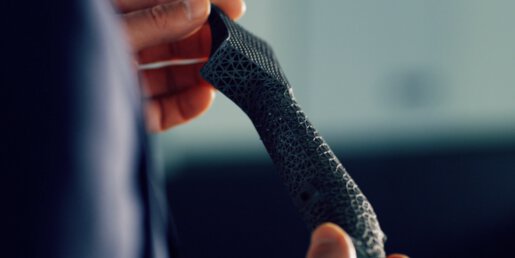New to 3D printing technology or just want to fill some knowledge gaps? We got you covered. Learn about the history and future of additive manufacturing, find out about 3D printing basics, processes, materials and applications, and take your skills to the next level with our free webinars. Let’s get started!
Short and Sweet: 3D Printing in a Nutshell
Our overview gives a quick insight into 3d-printing basics and the future-oriented technology of additive manufacturing
What is 3D Printing?
3D Printing or Additive Manufacturing is the process of creating an object layer by layer, unlike traditional manufacturing processes where an object is created from a solid block by removing material. This reverse process is very beneficial for applications in a variety of fields such as medical, aerospace, automotive, design and architecture.
How Does 3D Printing Work?
The starting point for 3D printing is a digital model, usually a 3D CAD model, which is virtually sliced and converted into a file that the 3D printer can read. Layer by layer, the printer then creates the predefined shape. Since the parts can be printed directly, it is possible to produce very complex objects, in some cases even with built-in functions.
3D Printing Materials
There are 3D printers for a wide range of materials and applications. The best-known entry-level variant is FDM. Here, ABS or PLA plastic is melted by the print head and extruded onto the printer bed. Other 3D printers process powdered materials such as nylon, plastic or metal, which are sintered or melted by a laser. The same technique is also used for 3D printing with resin (SLA).
At EOS, we rely on the pioneering technologies SLS and DMLS, which do not require any support structures. An SLS 3D printer selectively melts a powdered plastic material to build a component layer by layer. DMLS uses powdered metal alloy as printing material
Benefits and Global Impact
Industrial 3D printing gives your company immense competitive advantages that go beyond rapid prototyping: local on-demand spare parts production, customized products, lightweight construction, functional integration, you name it. 3D printing reduces stock piling, helps alleviate supply chain constraints and supports the move toward a more sustainable business. And that’s just the beginning.
Free EOS Webinars: From 3D-Printing Basics to Additive Manufacturing Deep Dive
Our on-demand webinars offer industrial 3D printing knowledge, free of charge and straightforward. Our experts explain the most common and pressing questions about 3D printing in an understandable and comprehensive way. Quickly find the content relevant to you in our thematically organized webinar library.
Looking for an Additive Manufacturing Solution? That Is Where We Come In
Whether for prototypes or additive series production of complex parts: We have the right solution for you. Our extensive portfolio includes 3D printers, accessories and materials for plastic and metal parts.
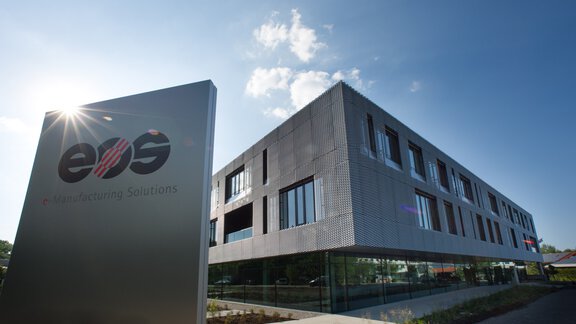


 65 min
65 min 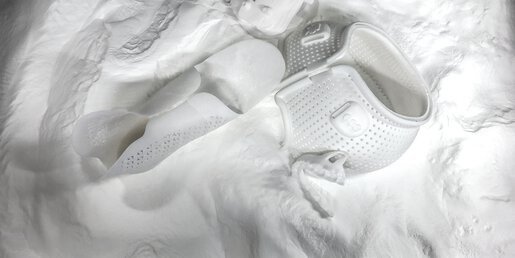
 59 min
59 min  Fabian Stöver
Fabian Stöver 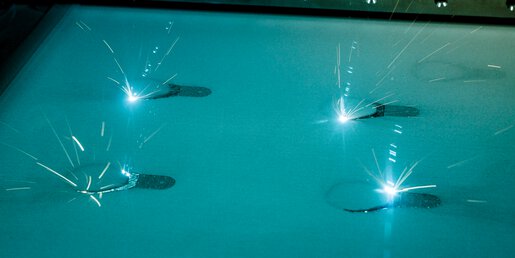
 45 min
45 min  Sebastian Becker
Sebastian Becker 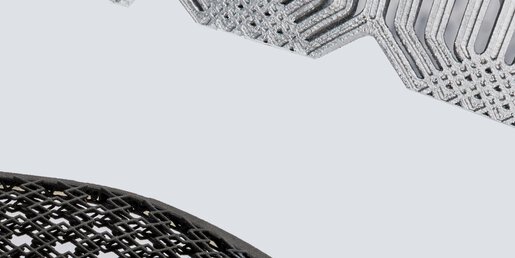
 53 min
53 min  Markus Glasser
Markus Glasser 51 min
51 min  Nicolas Dill
Nicolas Dill 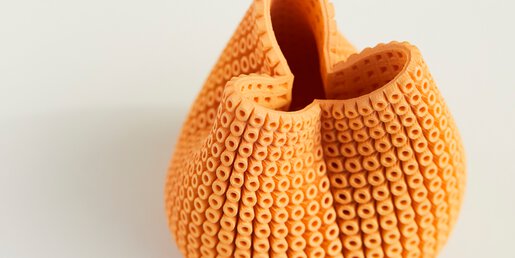
 46 min
46 min  Alexander Kögel
Alexander Kögel 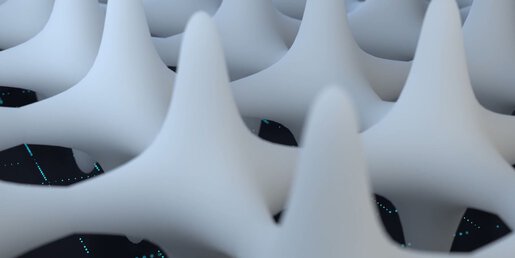
 41 min
41 min  Moritz Kügler
Moritz Kügler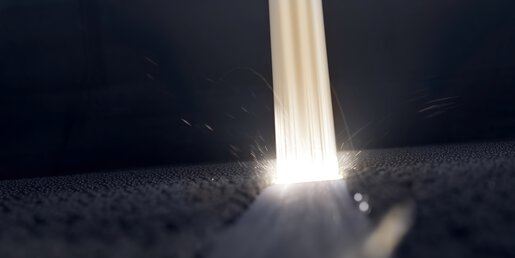
 10 min
10 min  Alexander Janzen
Alexander Janzen 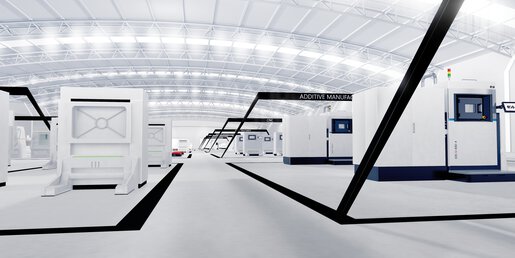
 36 min
36 min  Glynn Fletcher
Glynn Fletcher 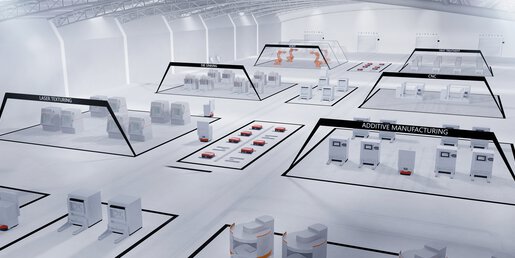
 45 min
45 min  Güngör Kara
Güngör Kara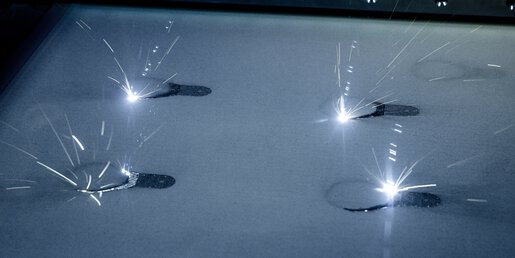
 61 min
61 min  Martin Bullemer
Martin Bullemer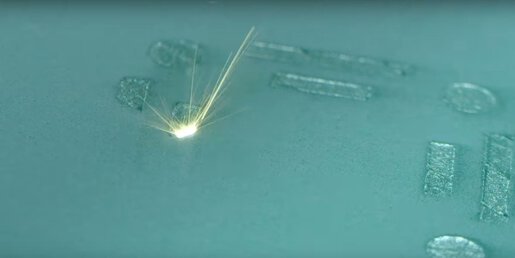
 46 min
46 min  Scott Killian
Scott Killian 
 67 min
67 min  Markus Glasser
Markus Glasser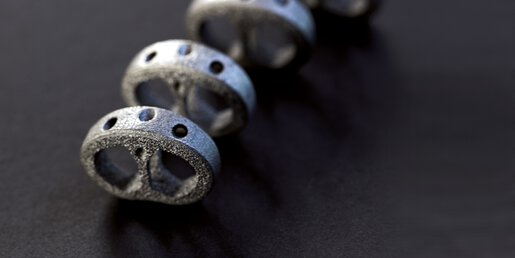
 39 min
39 min  Thomas Gradl
Thomas Gradl 
 61 min
61 min  Laura Gilmour
Laura Gilmour 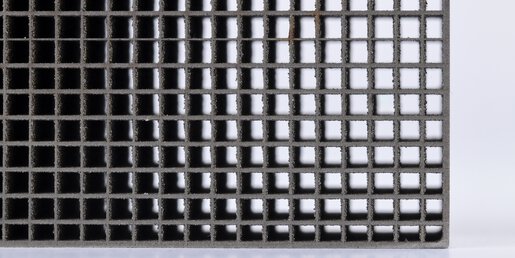
 58 min
58 min  Thomas Gradl
Thomas Gradl 62 min
62 min  Güngör Kara
Güngör Kara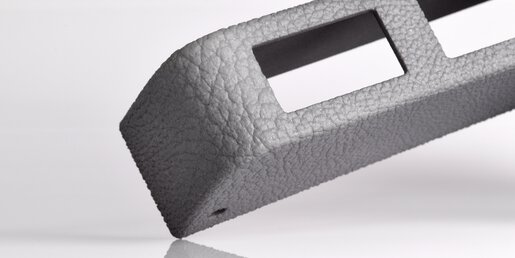
 38 min
38 min  Nicolas Dill
Nicolas Dill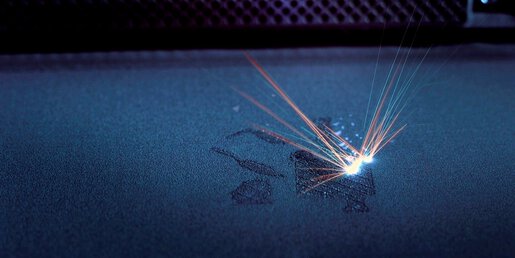
 34 min
34 min  Michael Kowal
Michael Kowal 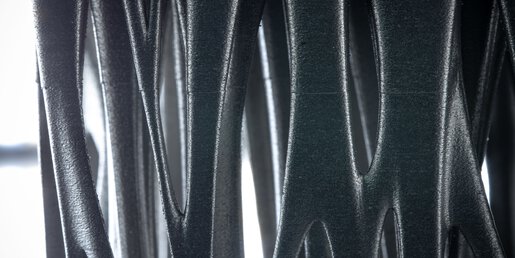
 59 min
59 min  Matthias Höh
Matthias Höh 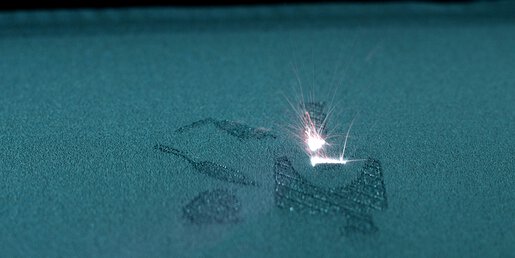
 59 min
59 min  Shaafi Shaikh
Shaafi Shaikh 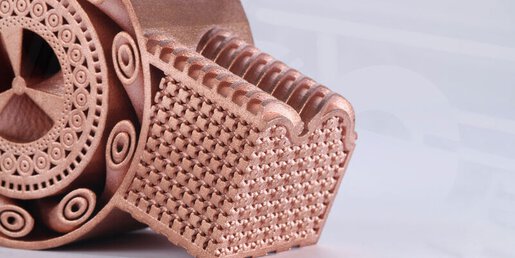
 59 min
59 min  Paula Kainu
Paula Kainu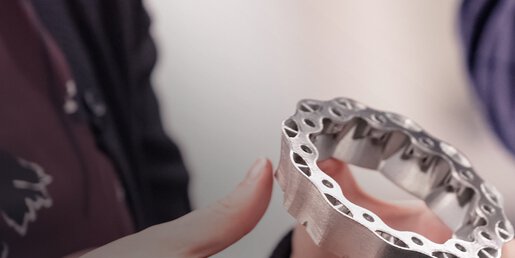
 45 min
45 min  Antti Seppälä
Antti Seppälä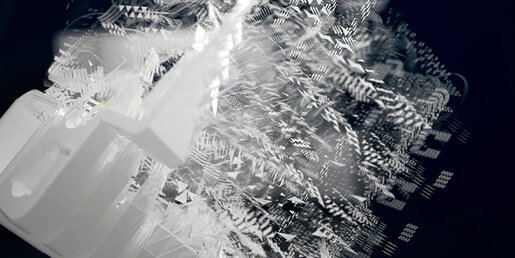
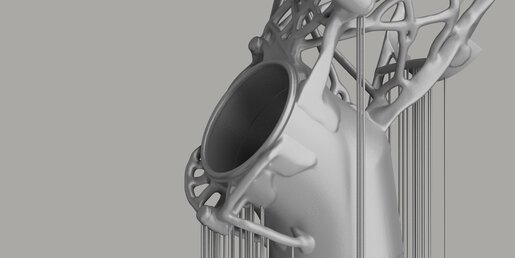

 32 min
32 min  Dr. Marius Lakomiec
Dr. Marius Lakomiec 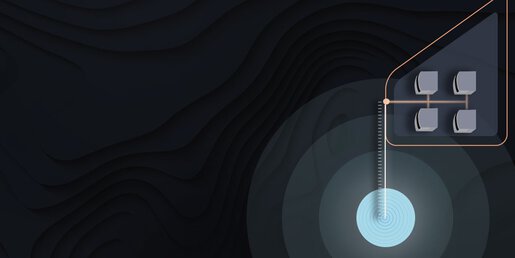
 38 min
38 min  Karsten Behrend
Karsten Behrend

